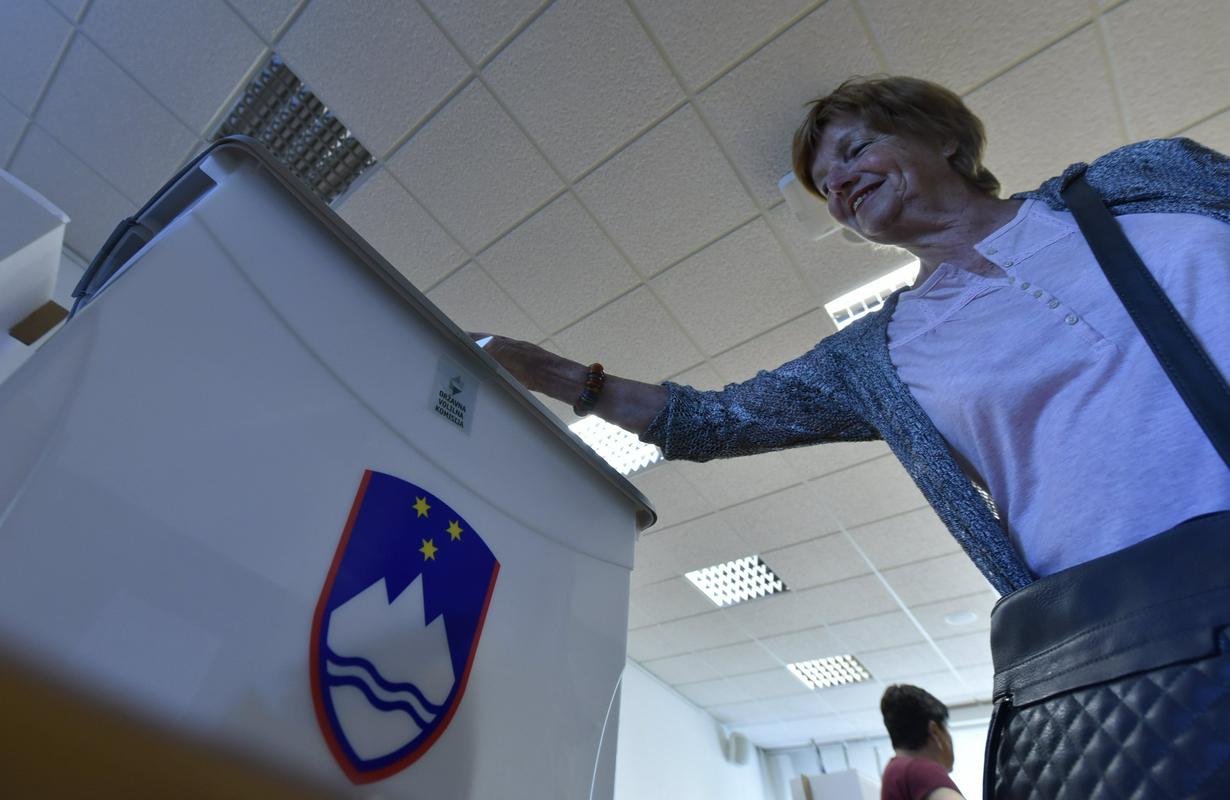
In a hugely fragmented vote, the Adriatic country's 1.7 million-strong electorate is choosing between 25 parties, with final opinion polls putting the centre-right Slovenian Democratic Party (SDS) first on up to 24.5 percent.
But most other parties have said they are reluctant to join a coalition with the SDS, whose leader Janez Jansa acknowledged any post-election negotiations would be difficult.
"We will probably have to wait for some time (after the election)... before serious talks on a new government will be possible," Jansa - a two-time prime minister - told reporters after voting in Sentilj pri Velenju.
Voting ends at 1700 GMT when state broadcaster TV Slovenia will publish exit polls, and the election commission is due to issue a preliminary result by 2100 GMT.
The election was called in March after centre-left Prime Minister Miro Cerar resigned, weeks before the scheduled end of his term of office, after the Supreme Court ordered a new referendum on a railway investment project championed by his government.
According to a Mediana poll published by daily newspaper Delo on Friday, Cerar's Party of The Modern Centre is running third with around 6.8 percent, behind the centre-left List of Marjan Sarec, the mayor of the city of Kamnik, on 8.2 percent.
The divided nature of the vote means the SDS would need to ally with at least two other parties to gain a majority in the 90-seat parliament. But so far most other parties have demurred at joining forces with the SDS, which has the open support of Hungary's nationalist Prime Minister Viktor Orban.
"We believe that today a first step will be made towards Slovenia becoming a country that will put the well-being and security of Slovenians first," Jansa said.
'EVERYTHING ELSE IS UNCLEAR'
Analysts said the SDS would win, but predicting what the future government might look like was hard and another election could not be ruled out.
"It seems clear that the SDS will win but everything else about this election is unclear because the question is whether the SDS will be able to form a government coalition," said Meta Roglic, a political analyst with daily Dnevnik.
Otilia Dhand of political risk advisory firm Teneo Intelligence described the election as an open race.
"The real winner will be the party that can form a coalition with a majority of seats in a likely highly fragmented parliament," she said.
Slovenia, which narrowly avoided an international bailout for its banks in 2013, returned to growth in 2014. The outgoing government expects the economy to expand by 5.1 percent this year versus 5 percent in 2017, boosted by exports, investments and household spending.
High on the agenda for the next government will be the privatisation of the country's largest bank, Nova Ljubljanska Banka, which the previous administration agreed to sell in exchange for European Commission approval of state aid for it in 2013.
The next cabinet will also be expected to reform an inefficient state health sector and Slovenia's pension system.
"I want changes for the better, particularly in the health sector and judiciary. I was quite disappointed with the current government so I will not vote for them," said Sonja, a 60-year-old retired teacher who voted in Ljubljana.
Some other voters praised the outgoing government. "I expect that things will be at least as good as now or a bit better. I hope we get another centre-left government although I do agree changes are needed particularly in the health sector," said 52-year-old pharmacist Vida.

































































